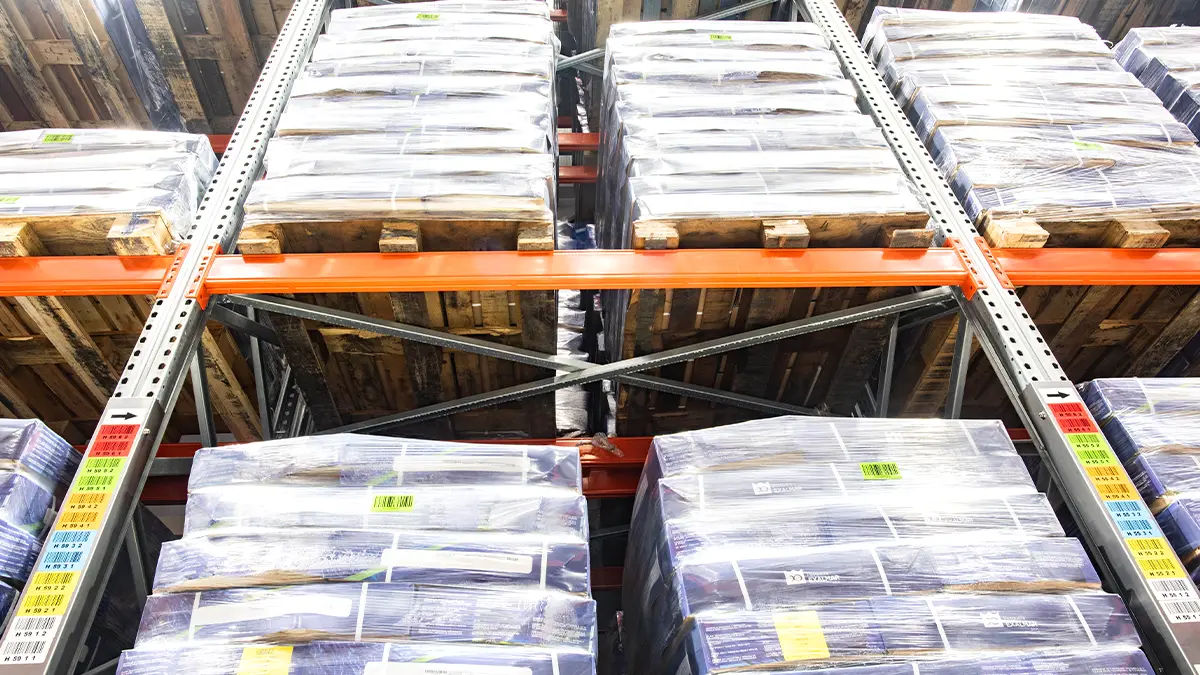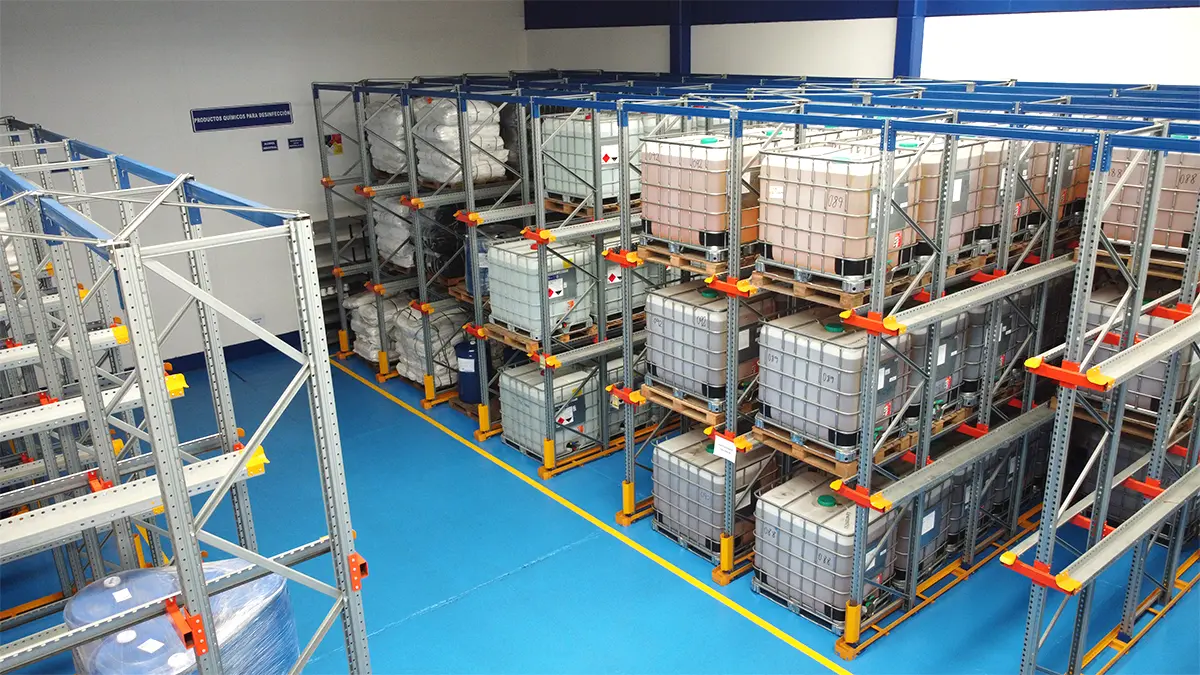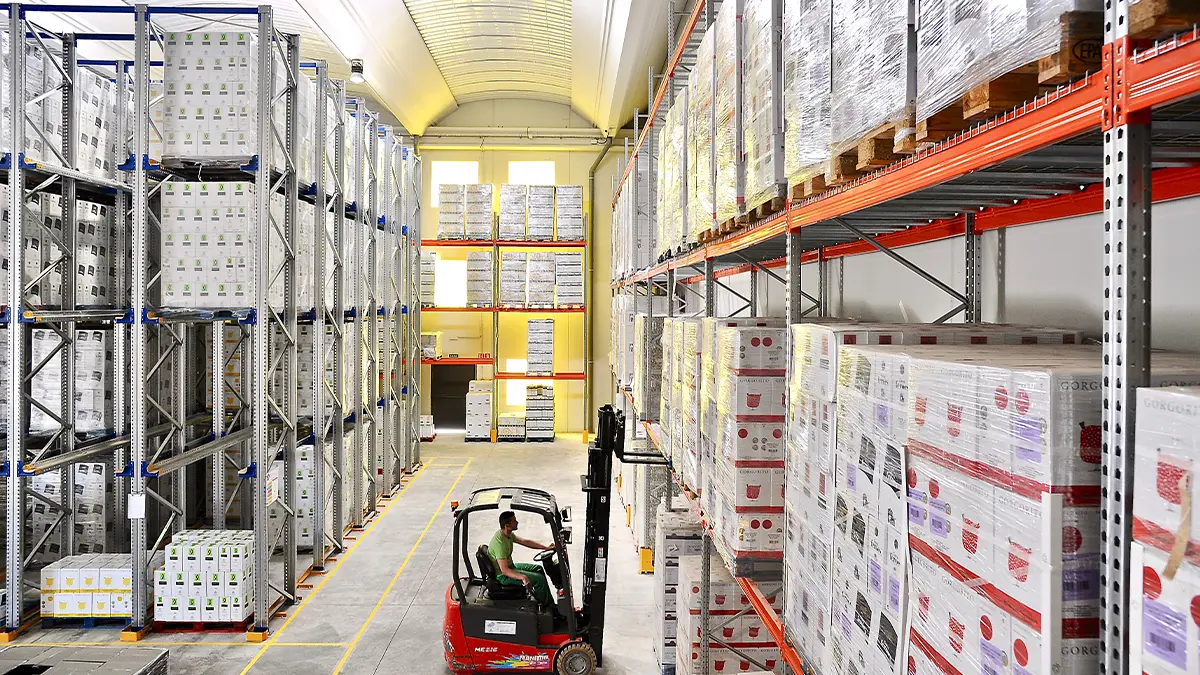Supply logistics is essential in the supply chain to ensure the correct functioning of a company. Efficient planning in this area makes it possible to accurately forecast delivery times, maintain an optimal level of productivity, reduce costs and, ultimately, increase customer satisfaction.
What is supply logistics?
Supply logistics is the process of managing and coordinating all the resources, materials and products necessary to ensure the continuous and efficient operation of a company. This includes the planning, acquisition, storage and transportation of goods from suppliers to the point of use or sale.
Supply logistics focuses on ensuring that the right materials are available at the right time and place, in the necessary quantities and at a reasonable cost.
The importance of supply logistics is based on five key aspects:
- It plays an essential role in the supply chain, ensuring the proper functioning of the business.
- Proper supply planning allows accurate forecasting of delivery times.
- It helps maintain optimal levels of profitability and productivity.
- It helps reduce costs.
- It improves end customer satisfaction.
Types of supply
Companies can implement various supply strategies depending on the lead time with which they receive supplies and the variability of demand.
The main supply management methods are as follows:
- Just-in-time: when a business adopts this type of supply logistics, it acquires supplies only as it needs them. This minimises storage costs, but it is completely dependent on timely supplier deliveries, is exposed to the risk of shortages and is more vulnerable to price fluctuations in the market.
- Safety stock: the company stores additional inventory to deal with unforeseen events, such as supplier delays, price increases in the market or changes in demand. This type of supply logistics reduces external risks, but increases storage costs and, if not managed properly, can generate additional expenses due to stock deterioration.
- Supply in line with production: the company plans stock acquisition according to its production needs. In this way, it manages to control storage costs while reducing the risk of shortages and preventing production downtime due to lack of supplies.

Supply logistics functions
It is possible to organise the supply logistics functions into three separate operations:
Firstly, there is the acquisition of goods. This involves the purchasing process of the products necessary for the production and commercial departments. It includes the selection of suppliers and the consideration of factors such as price, quality, delivery times and payment terms.
Secondly, there is storage. It is essential to have adequate space to store the products that will later be used by the production department. Furthermore, once the product is manufactured, it must also be stored until it is shipped and distributed to end customers.
Finally, there is the inventory management function. This involves determining the amount of stock needed and the frequency of supply orders, in order to meet the organisation’s productive and commercial requirements.
Factors to consider in supply logistics
To achieve agile and efficient supply logistics, organisations must consider several factors:
- Supply flows: it is essential to decide on and manage the stock quantities to be supplied and the frequency of supply to ensure that the required goods are available when necessary.
- Type of inventory: determine which stock management model best suits the supply chain to improve the level of customer service and the company's profitability.
- Demand: make estimates of future customer demand using historical data.
- Suppliers: properly select suppliers to guarantee a quality product and the timely delivery of goods.
- Reception of material: it is crucial to check that the goods received match what has been ordered.
- Unit load: choose the appropriate unit loads for the storage, transportation and handling of goods.
Benefits of supply logistics
A proper planning and strategy are essential for the purchase and storage of materials. For this reason, efficient supply logistics is necessary.
Another benefit is cost reduction. It is not necessary to worry about acquiring more products than necessary and them becoming inactive stock, which would generate unnecessary storage costs. Production costs will be reduced, since the essential goods will always be available to maintain the stipulated productivity levels, avoiding stockout.
Choosing good suppliers allows you to minimise transportation costs and ensure regular, economical supply with quality material. This improves customer service and the reputation of the company by demonstrating a commitment to and interest in maintaining a sustainable and competitive supply chain.

Systems and technologies to implement in the supply chain
To optimise supply logistics, it is important to implement a series of systems and technologies that improve the efficiency, precision and responsiveness of operations.
These are some of the tools and technologies to consider:
Suitable storage system: choosing an appropriate storage system is essential to optimise a company’s operational efficiency and profitability. A good storage system maximises the use of available space and facilitates access and organisation of goods. This results in improved productivity, reduced operating costs and correct stock management.
Warehouse management systems (WMS): these systems help manage and control warehouse operations, from the reception of goods to the dispatch of orders, optimising the use of space and improving operational efficiency.
Inventory management systems (IMS): help maintain accurate tracking of available stock, facilitating order planning and reducing the risk of stockouts or excess inventory.
Enterprise resource planning (ERP): integrates all company functions and processes into a single platform, improving coordination between departments and providing a comprehensive view of logistics operations.
Radio frequency identification technology (RFID): allows tracking and identification of products in real time, improving inventory accuracy and streamlining reception and dispatch processes.
Transport management systems (TMS): they facilitate the planning, execution and optimisation of transportation activities, reducing costs and improving the timeliness of deliveries.
Automation and robotics: implementing robots and automated systems in warehouses can improve the speed and accuracy of operations, reducing errors and labour costs.
Collaboration and communication platforms: tools that facilitate real-time communication and collaboration between different workers in the supply chain, improving coordination and decision-making.
Blockchain: technology that ensures the transparency and traceability of transactions in the supply chain, improving trust and reducing the risk of fraud.

Implementing these systems and technologies in supply logistics not only improves operational efficiency, but also improves the ability to respond to changes in demand and strengthens the organisation's competitiveness in the global market.
At AR Racking we can help you with your logistics, improving your warehouse facilities with the storage system that best suits your needs. Contact our team who will offer you quality personalised solutions backed by years of experience in the sector.













